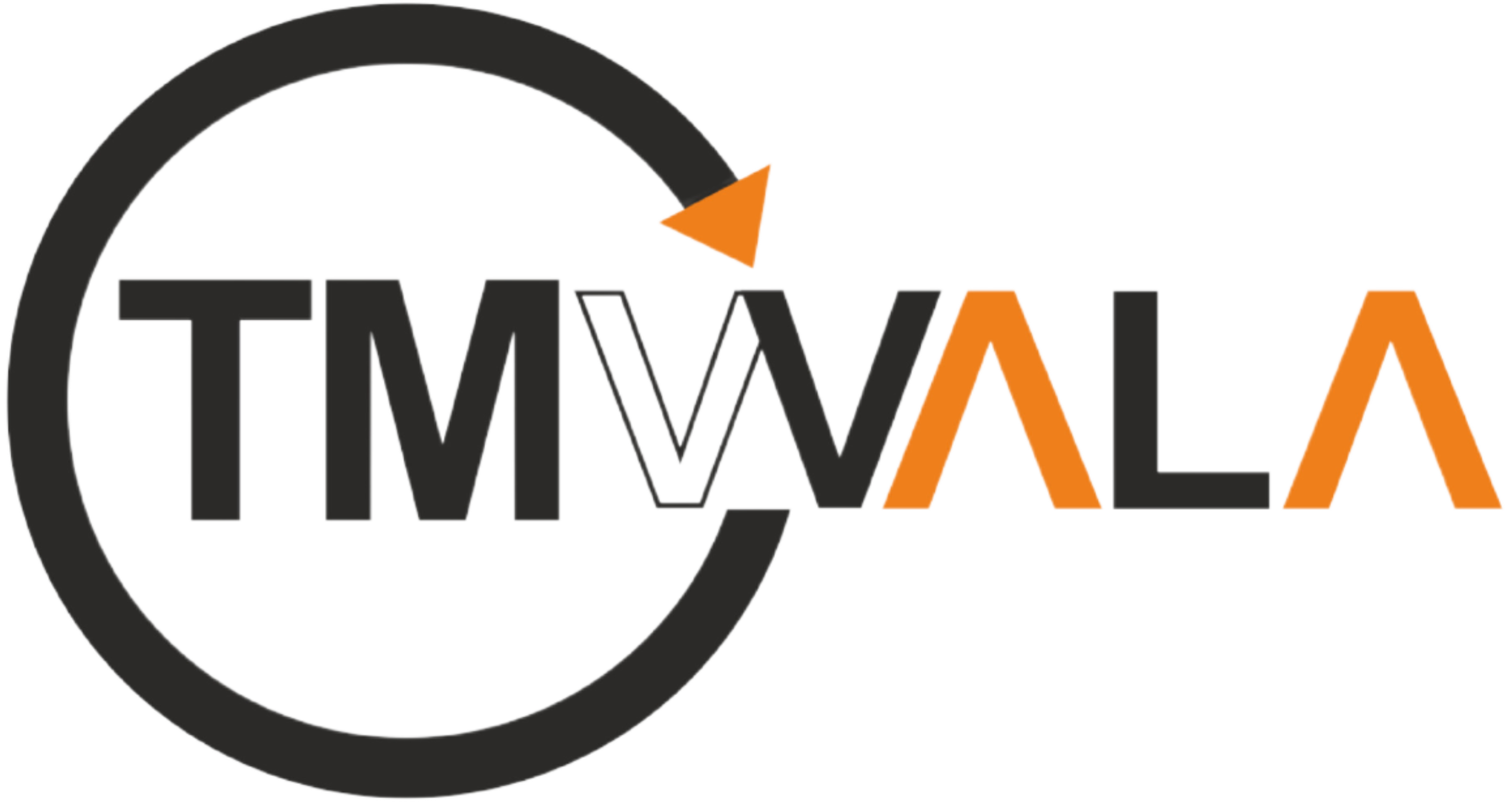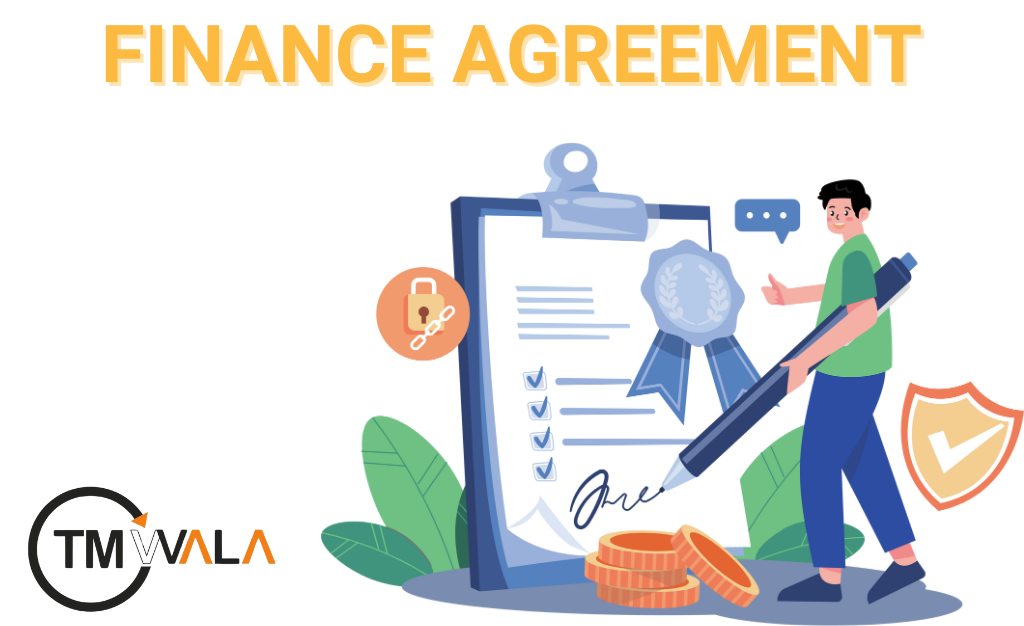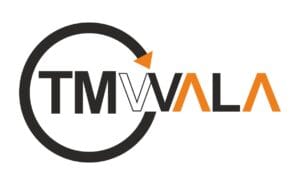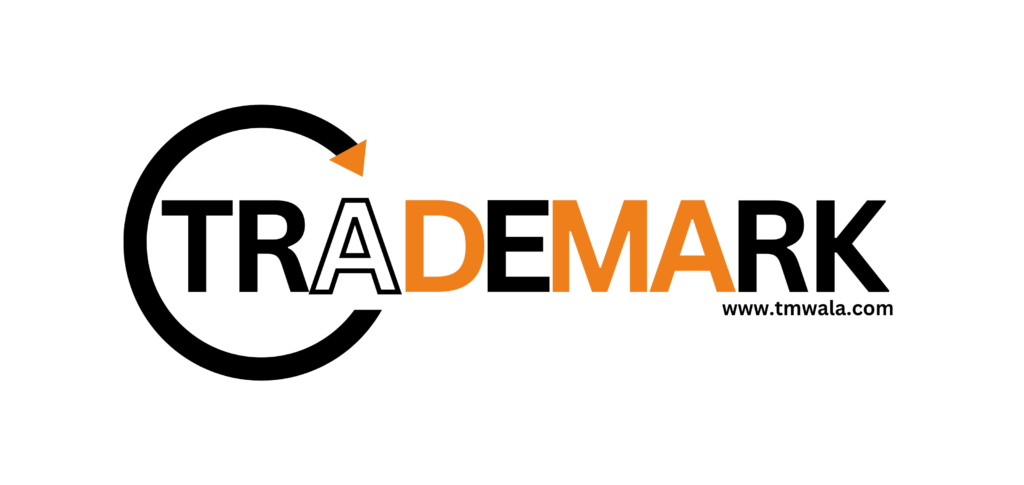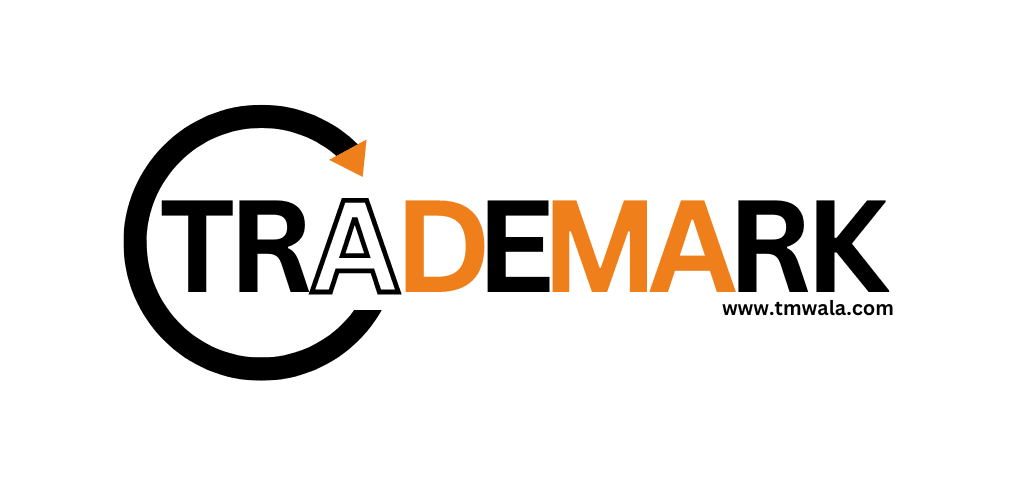A project’s finance agreement is a contractual arrangement between a company and a lender that outlines the terms and conditions of financing for a specific project. The agreement identifies the parties involved, the project being financed, and the amount of money being awarded. It also details the financing terms, such as applicable interest rates and any additional fees.
The purpose of this agreement is to formalize the terms and conditions related to the financing, ensuring that both parties understand their respective roles and obligations. This clarity helps foster a cooperative relationship and reduces the likelihood of disputes or litigation in the future.
The Role of Project Finance
Project finance is a method used by companies to secure funding for large, long-term projects, relying on the project’s cash flows to repay the lenders or investors.
How Contract Finance Works
In the realm of finance contracts, lenders typically seek mechanisms to ensure that payments are managed effectively and that the borrowed funds are utilized as intended. The level of control or oversight exercised by the lender often depends on the borrower’s financial stability, reputation, and track record in fulfilling previous financial obligations. Depending on these factors, a lender might choose one of several financing options:
- Purchase Order Finance: This type of financing is a short-term advance or loan secured by a purchase order or contract. It is designed to cover the cost of raw materials, production inputs, packaging, trade goods, or finished products required for a specific project or service. In some cases, lenders may extend financing to cover the completion of contracted work. Purchase order finance is particularly useful for businesses that need to fulfill large orders but lack the necessary capital upfront.
- Lender-Controlled Money: Under this arrangement, a separate bank account is established to hold the loan amount. The entity awarding the contract deposits payments into this account according to the terms specified in the contract. This setup allows the lender to closely monitor the use of funds and ensure that they are being applied appropriately. A strong working relationship and open communication between the borrower and lender can enhance the effectiveness of this arrangement. Upon the completion of the contract and receipt of the final payment, the lender will deduct any fees owed, transfer any remaining funds to the borrower’s business account, and close the lending account.
- Borrower-Controlled Money: In this form of financing, the borrower retains control over the funds and manages the contract independently. The financing may be provided in the form of an overdraft facility or a short-term loan that is available for the duration of the contract. While the borrower has greater autonomy, the lender typically monitors the account transactions to ensure that the funds are being used responsibly. Interest charges are deducted from the account on a monthly basis, and the full cost of the loan must be repaid by the end of the contract. If the lender deems it necessary, they may intervene and take control of the funds, a condition that should be clearly outlined in the contract to avoid misunderstandings.
Key Elements of a Finance Agreement
A finance agreement is a comprehensive document that delineates the relationship between the lender (creditor) and the borrower. It typically includes the following critical components:
- Loan Amount: The principal amount of money that the borrower is receiving from the lender. This figure is usually specified upfront and forms the basis of the agreement.
- Interest Rate: The rate at which interest will be charged on the outstanding loan amount. This may be a fixed rate, which remains constant throughout the life of the loan, or a variable rate, which can fluctuate based on market conditions or other agreed-upon factors.
- Repayment Schedule: A detailed timeline outlining how and when the borrower is expected to repay the loan. This schedule includes the frequency of payments (e.g., monthly, quarterly) and the amount of each payment. The repayment schedule is crucial for both parties as it ensures that the lender receives timely payments and the borrower can manage their cash flow effectively.
- Collateral or Security: Assets that the borrower pledges to the lender as security for the loan. In the event that the borrower defaults on the loan, the lender has the right to seize these assets to recover the outstanding debt. Collateral may include real estate, equipment, or other valuable assets.
- Covenants: Specific conditions or restrictions imposed on the borrower as part of the agreement. These covenants are designed to protect the lender’s interests and may include requirements such as maintaining certain financial ratios, limiting additional borrowing, or restricting certain business activities.
- Default Provisions: Terms that define the circumstances under which the borrower is considered to be in default of the agreement. These provisions also outline the consequences of default, which may include penalties, acceleration of the loan (demanding immediate repayment), or legal action.
- Representations and Warranties: Statements made by the borrower regarding their financial condition, legal standing, and ability to fulfill the terms of the agreement. These representations provide the lender with assurances that the borrower is capable of meeting their obligations.
- Governing Law: The legal jurisdiction that will govern the interpretation and enforcement of the agreement. This section is important as it establishes the legal framework within which any disputes will be resolved.
Legal Issues in Finance Agreements
Finance agreements, like any legal contract, can give rise to various legal issues. Some of the most common issues include:
- Duress: A finance agreement may be deemed invalid if it was signed under duress. This occurs when one party is coerced into signing the agreement through threats or undue pressure. For example, if a lender threatens a borrower with harm or severe consequences if they do not sign the agreement, the contract may be considered void due to duress.
- Fraud: If one party intentionally deceives the other by misrepresenting important facts or concealing critical information, the finance agreement may be voidable. Fraudulent activities undermine the integrity of the contract and can lead to its nullification.
- Unconscionability: A contract may be considered unconscionable if its terms are excessively unfair or oppressive to one party. This typically occurs when there is a significant imbalance in bargaining power, and one party takes advantage of the other’s vulnerability to impose harsh terms.
- Illegal Provisions: Any provisions within the finance agreement that violate applicable laws may be unenforceable. If the illegal provisions are central to the agreement, they may render the entire contract void.
How to Write a Financial Agreement
Creating a well-drafted financial agreement involves careful consideration of various factors. Here’s a step-by-step guide to writing an effective financial agreement:
Establish the Basics:
- Identifying Parties: Clearly state the full legal names, addresses, and any relevant identification details of all parties involved in the agreement.
- Overview of Agreement: Provide a concise introduction that explains the purpose and scope of the agreement. This sets the context for the rest of the document.
- Effective Date: Specify the date when the agreement becomes effective, establishing the timeline for its implementation.
Define Financial Obligations:
- Financial Contributions: Clearly outline the financial contributions required from each party. This includes monetary investments, contributions to joint expenses, or any other financial commitments.
- Payment Terms: Detail the payment terms, including the amounts, frequencies, deadlines, and any penalties for late payments. This ensures that both parties are aware of their financial responsibilities.
- Use of Funds: Specify how the funds will be used, whether for business operations, joint expenses, or other purposes. This adds transparency and helps prevent misunderstandings.
Address Rights and Responsibilities:
- Rights of Parties: Define the rights that each party holds within the agreement, such as decision-making powers, access to financial records, or other entitlements.
- Responsibilities: Clearly articulate the specific responsibilities that each party is expected to fulfill. This may include managing certain financial aspects, overseeing operations, or maintaining accurate records.
- Dispute Resolution Mechanisms: Outline the methods for resolving disputes, such as mediation, arbitration, or agreed-upon legal proceedings. This can help avoid lengthy and costly legal battles.
Confidentiality and Non-Disclosure :
- Confidential Information: Define what constitutes confidential information in the context of the agreement. This may include financial statements, business plans, or proprietary data.
- Non-Disclosure Obligations: Specify the obligations of each party to keep confidential information private and prohibit its disclosure to third parties without consent.
- Exceptions: Identify any exceptions to the non-disclosure obligations, such as situations where disclosure is required by law.
Legal Review and Governing Law:
- Legal Review: Acknowledge that all parties have had the opportunity to seek legal counsel and review the agreement. This ensures that each party fully understands the document before signing.
- Governing Law: Specify the jurisdiction whose laws will govern the interpretation and enforcement of the agreement. This provides clarity on the legal framework under which any disputes will be addressed.
- Notary Public: In certain cases, having the agreement notarized may add an extra layer of legal validity. Consult with legal professionals to determine whether notarization is necessary.
Conclusion
Crafting a financial agreement requires clarity, transparency, and legal validity. Whether for a business partnership, loan agreement, or other financial arrangement, following these steps ensures a comprehensive and effective document. A well-crafted financial agreement lays the foundation for financial stability and successful collaborations.
FAQs
1. What is a finance agreement for a project?
A finance agreement is a legal document between a company and a lender that outlines the terms under which funding is provided for a specific project. It includes details like the amount borrowed, interest rate, repayment terms, and responsibilities of both parties.
2. Why is a finance agreement important?
This agreement is crucial because it clearly defines the expectations and obligations of each party. It helps prevent misunderstandings, ensures proper use of funds, and protects both the borrower and lender from potential legal or financial disputes.
3. What is project finance and how does it work?
Project finance is a funding method where the loan is repaid from the income generated by the project itself, not the company’s overall earnings. It is typically used for large-scale, long-term projects, and relies on the project’s success to fulfill repayment obligations.
4. What are the common types of contract financing?
Contract financing usually comes in three forms. Purchase order finance provides short-term funding based on confirmed customer orders. Lender-controlled finance involves the lender holding and releasing funds as the project progresses. Borrower-controlled finance allows the borrower to manage funds directly, but with monitoring from the lender.
5. What are the key components of a finance agreement?
A standard finance agreement includes the loan amount, interest rate, repayment schedule, and terms regarding collateral. It also contains conditions (called covenants), default clauses, and a statement about which laws govern the agreement.
6. What is collateral and why is it necessary?
Collateral is an asset pledged by the borrower to secure the loan. If the borrower fails to repay, the lender can claim the collateral to recover the outstanding amount. Common forms include property, equipment, or receivables.
7. What happens if the borrower defaults on the agreement?
If the borrower defaults—by missing payments or violating terms—the lender may take legal action, demand full repayment, impose penalties, or seize collateral. The specific consequences are outlined in the agreement’s default provisions.
8. What legal risks can affect a finance agreement?
A finance agreement can become invalid or disputed if issues like duress, fraud, unfair terms, or illegal clauses are involved. Agreements must be entered into freely, honestly, and within the boundaries of the law.
9. How is control over loan funds managed?
Control depends on the agreement. In some cases, the lender holds and releases funds based on progress. In others, the borrower controls the funds but must follow usage rules. If misuse is suspected, the lender may step in and assume control, if this is stated in the contract.
10. How should a finance agreement be drafted?
The agreement should clearly identify all parties, specify financial terms, outline the intended use of funds, and define each party’s rights and responsibilities. It should also include confidentiality terms, a dispute resolution process, and the governing legal jurisdiction. A legal review before signing is always recommended.
